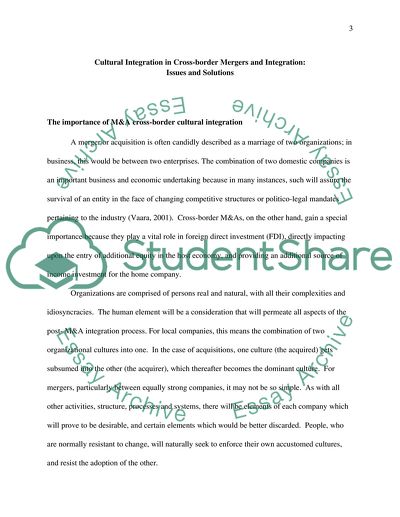Cite this document
(Cultural Integration in Cross Border Mergers Coursework - 1, n.d.)
Cultural Integration in Cross Border Mergers Coursework - 1. Retrieved from https://studentshare.org/culture/1749037-m-a
Cultural Integration in Cross Border Mergers Coursework - 1. Retrieved from https://studentshare.org/culture/1749037-m-a
(Cultural Integration in Cross Border Mergers Coursework - 1)
Cultural Integration in Cross Border Mergers Coursework - 1. https://studentshare.org/culture/1749037-m-a.
Cultural Integration in Cross Border Mergers Coursework - 1. https://studentshare.org/culture/1749037-m-a.
“Cultural Integration in Cross Border Mergers Coursework - 1”, n.d. https://studentshare.org/culture/1749037-m-a.


